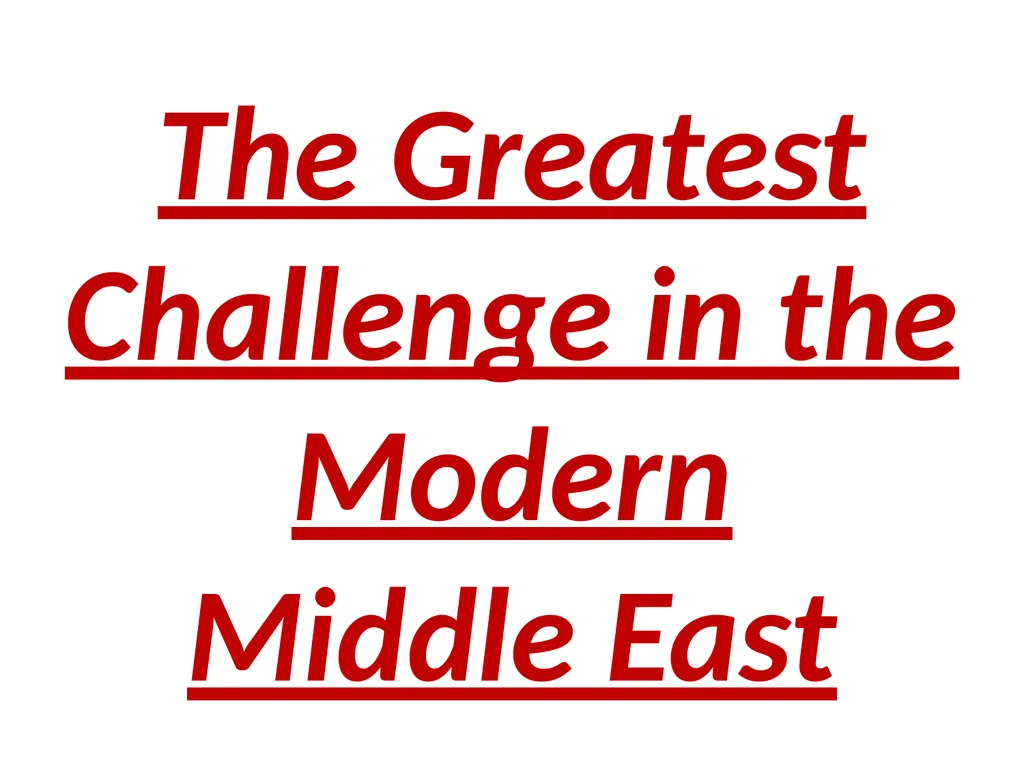
The Greatest Challenge in the Modern Middle East
Author: natalia-silvester | Published: 2025-07-18
Description: The Greatest Challenge in the Modern Middle East Historical Perspective of Middle East Turmoil Much of todays Middle Eastern turmoil can potentially be attributed to the Post-WW I division of the Ottoman Empire To the victors go the
Download Presentation
Download the PPT/PDF: Download
Transcript:
Loading transcript…